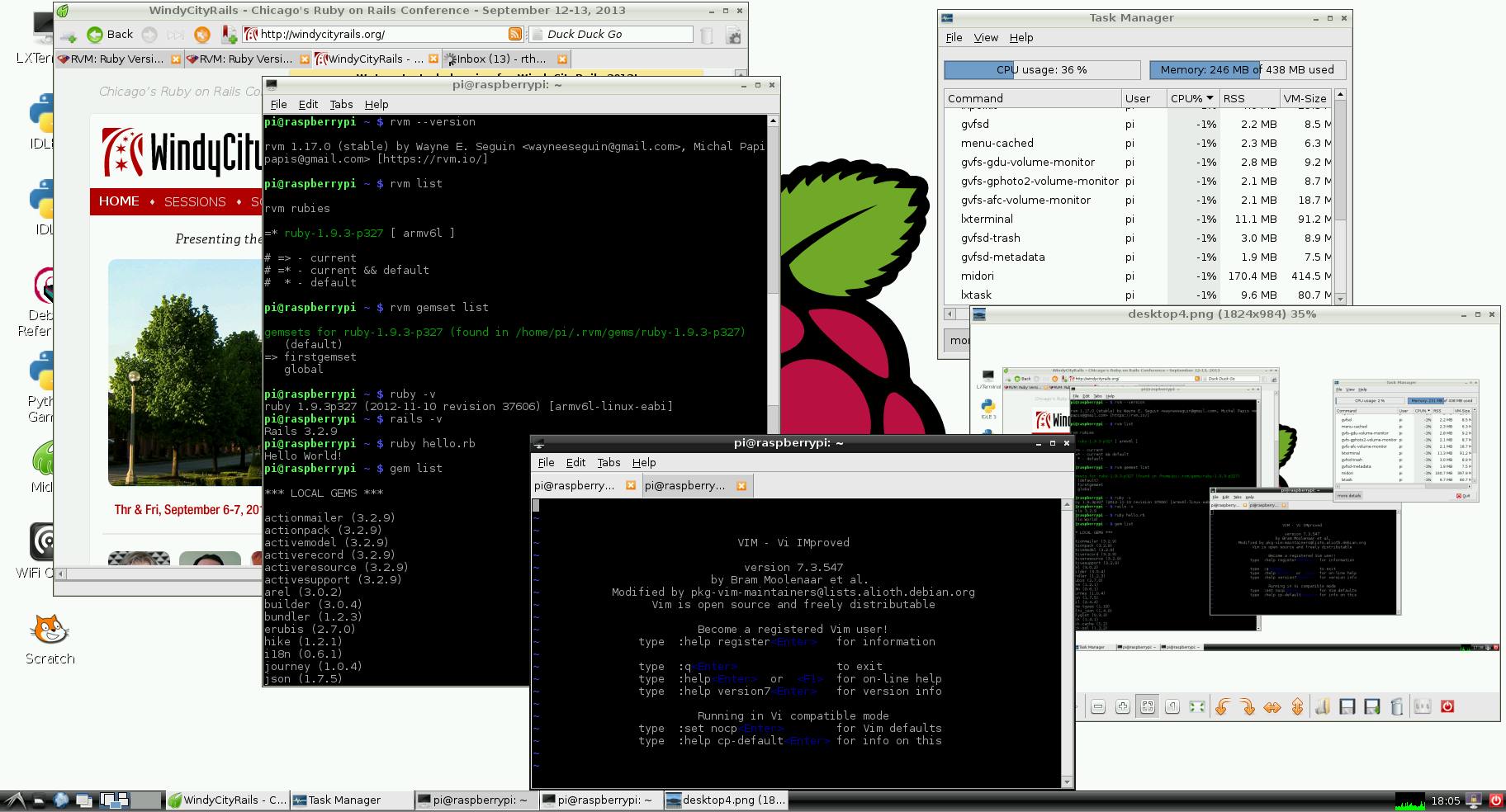
Plug 'rodjek/vim-puppet' " For Puppet syntax highlighting Plug 'junegunn/fzf', " Language Server support Plug 'editorconfig/editorconfig-vim' " For filetype management. I would recommend using your package manager (Linux), Homebrew, or a Version Manager like asdf to manage node-js installations, but if you want a simple install:Ĭall plug#begin ( '~/.config/nvim/plugged' ) coc.vim uses these to execute it’s language server client calls (among other things).
#VIM RUBY RUNNER INSTALL#
First step will be to install nodejs and yarn. While setting up Language Server support in Vim and Neovim are fairly easy, there are some dependencies that will need to be installed first. I personally find that coc.vim is the easiest to set up my Puppet dev environment. Specifically, ale, LanguageClient-neovim, and coc.vim.

Vim/Neovim have plugins that enable Language Server support.
#VIM RUBY RUNNER HOW TO#
The Language Server Protocol standard has made it simple to create cross-platform and cross-editor language plugins, as long as the IDE or editor knows how to handle the Language Server. Thankfully, and I can’t believe I’m saying this, Microsoft has created a new standard for making language plugins for IDEs and text editors.
#VIM RUBY RUNNER CODE#
There’s a lot of fanfare for text editors like Visual Studio Code and Atom for general development these days while those that utilize Vim, Neovim, and Emacs seem to be forgotten. Ii vim-tiny 7.Setting up Vim for modern Puppet development. Un vim-scripts (no description available) Ii vim-runtime 7.0-122+1etch3 Vi IMproved - Runtime files Un vim-lesstif (no description available) Ii vim-common 7.0-122+1etch3 Vi IMproved - Common files Ii vim 7.0-122+1etch3 Vi IMproved - enhanced vi editor |/ Err?=(none)/Hold/Reinst-required/X=both-problems (Status,Err: uppercase=bad) | Status=Not/Installed/Config-files/Unpacked/Failed-config/Half-installed On Debian Etch I originally just had vim-tiny, but I now dpkg -l vim* Desired=Unknown/Install/Remove/Purge/Hold When running vim, type the following option to read help about vim syntax highlighting (or see online help):įor Ubuntu, you probably have the package “vim-tiny” installed by default.

Vim supports syntax highlighting on all terminals. Lexical highlighting might be a better name, but since everybody calls it syntax highlighting we’ll stick with that. Vim doesn’t parse the whole file (to keep it fast), so the highlighting has its limitations.

Those parts can be specific keywords or text matching a pattern. Syntax highlighting enables Vim to show parts of the text in another font or color. :source $VIMRUNTIME/syntax/syntax.vim More about turning on and of vim syntax highliting You can also use the following command that switches on syntax highlighting: Use ‘/usr/share/vim/vim*/colors/’ to find installed color scheme To use torte color scheme type the following in vim text editor:Īdd command in your ~/.vimrc file: vim Command rw-r-r- 1 root root 548 Jul 27 01: 43 default.vim


 0 kommentar(er)
0 kommentar(er)
